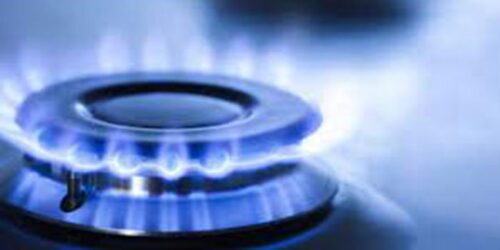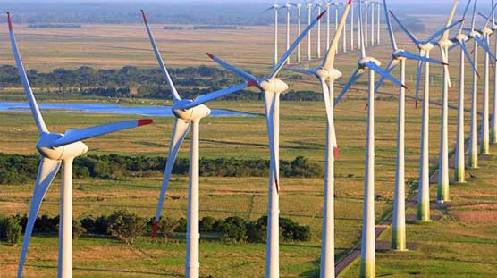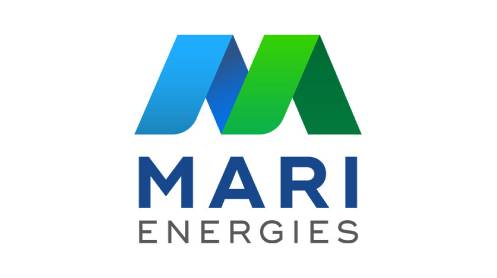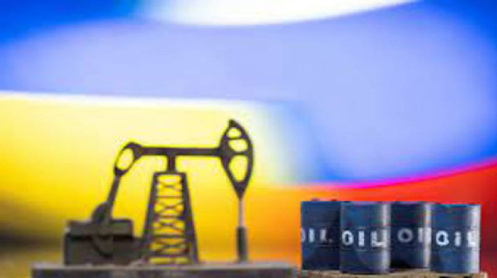The federal government has missed its pledge to the International Monetary Fund (IMF) to increase the prescribed average gas price by some 45 percent to Rs 928 per mmbtu by end August 2022.
This was stated in the staff level report on the combined seventh and eighth reviews under the Extended Fund Facility (EFF) for Pakistan released on Friday.
The report notes based on the receipt of Oil and Gas Regulatory Authority (OGRA)’s determination of June 3, 2022 on the annual Estimated Revenue Requirement (ERR) of gas companies- Sui Southern Gas Company Ltd (SSGCL) and Sui Northern Gas Pipeline Limited (SNGPL)-for financial year 2022, the government is now in the process of implementing more than the prescribed increase in consumer gas prices by end-August 2022 to contain the circular debt flow, address some of the circular debt stock, and improve the liquidity of the gas companies, while minimizing the impact on smaller consumers.
The ERR for financial year 2022 determines an increase in the prescribed average end-user gas price by some 45 percent to Rs 928 per mmbtu. This will generate about Rs 666 billion for the gas companies which is Rs 120 billion higher than their ERR for financial year 2022. The surplus revenue would make up for the partial recovery of previous year’s losses.
On the regulatory side, the parliamentary adoption of the OGRA Act Amendments in March 2022 will support regular recovery requirements; however, government needs more time than granted in the amended OGRA Act (40 days) to work out the distribution of OGRA’s annual ERR for financial year 2022 (determined in early June 2022) across the slab system.
The IMF has asked Pakistan to speed up efforts to establish reliable gas circular debt (CD) data, a circular debt Management Plan (CDMP) and CD projection capacity.
The circular debt in the gas sector has increased from Rs 620 billion to Rs 719 billion in first three quarter (July-March) financial year 2021-22 (about 1 percent of GDP, with Rs 547 billion in system gas arrears and about Rs 172 billion in RLNG arrears).
The report highlighted that the main drivers of gas sector’s circular debt are high unaccounted for gas losses (UFG), delayed sales price adjustments (since September 2020), uncovered subsidies (especially for export and zero-rated industries), and collection shortfalls.
If gas companies’ tax adjustments/ refunds, tariff-related recoveries stuck up in courts, and receivables of gas companies, Oil and Gas Development Company Limited (OGDCL) and Pakistan Petroleum Limited (PPL) from the power sector are included than the circular debt grows to over Rs 1,230 billion at end-March 2022.
The report states that one of the main reasons for the accumulated shortfall in revenue is from a failure to cover costs due to the two gas companies (SSGCL and SNGPL) charging the ‘sale price’ set by the government rather than the ‘prescribed price’ by OGRA.
The increase in the RLNG tariff differential and diversion costs mainly reflects the diversion of costly RLNG to domestic consumers during the last four winter seasons starting in financial year 2019-20 to financial year 2022 is another reason.
The government has received early feedback from the World Bank and will continue working with the Bank on the mechanism for regular updates of the end-user gas price, while also rationalizing gas subsidies and implementing the structural pricing changes implied by the recently enacted weighted average cost of gas (WACOG) bill, the report says.





